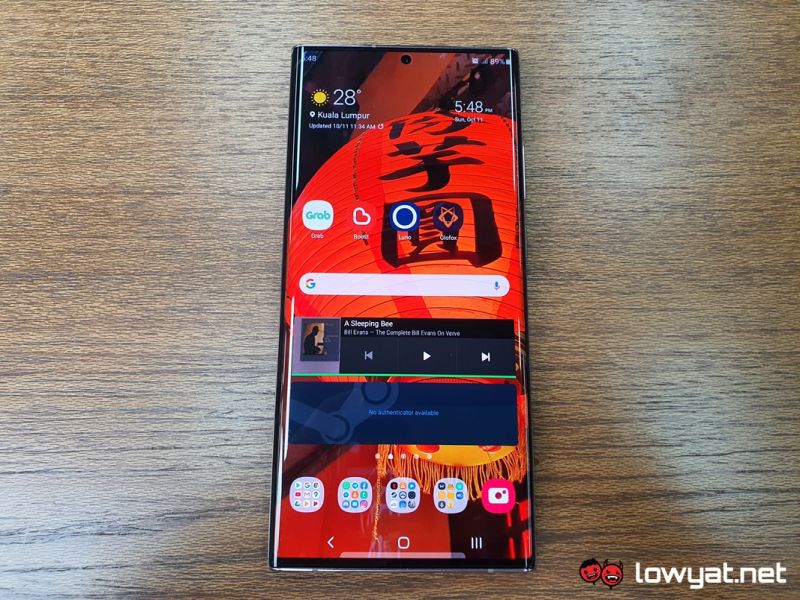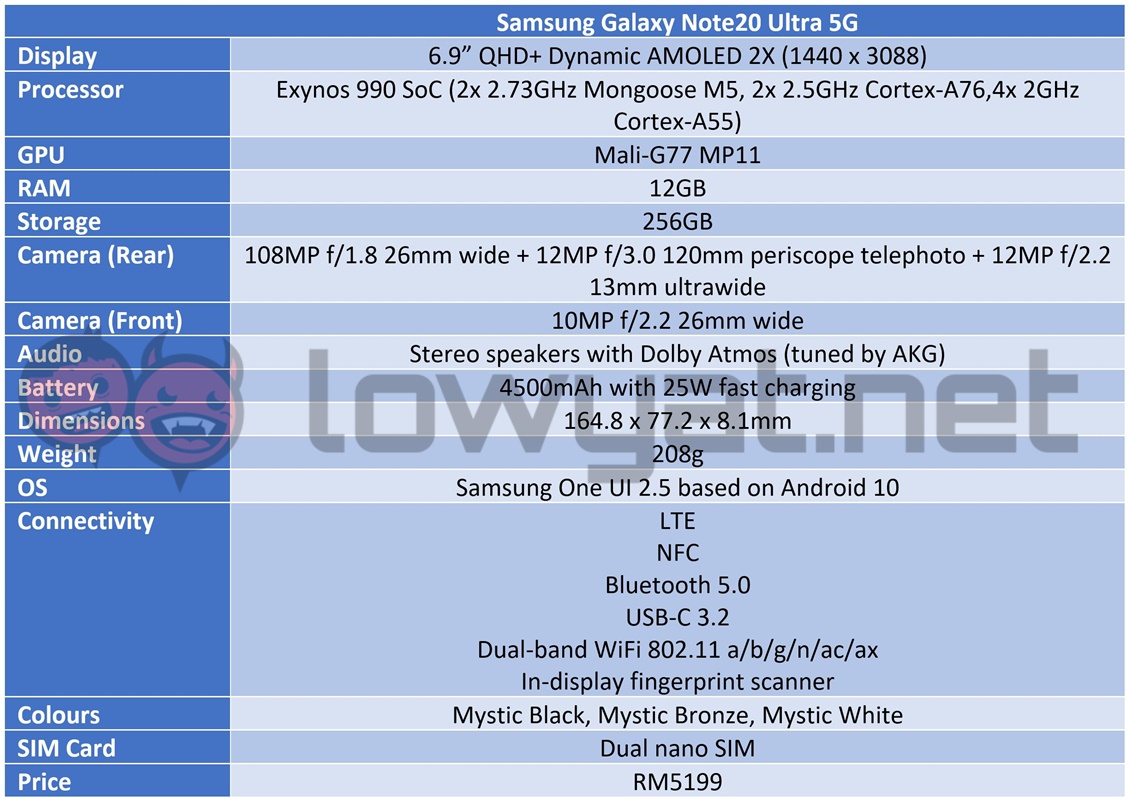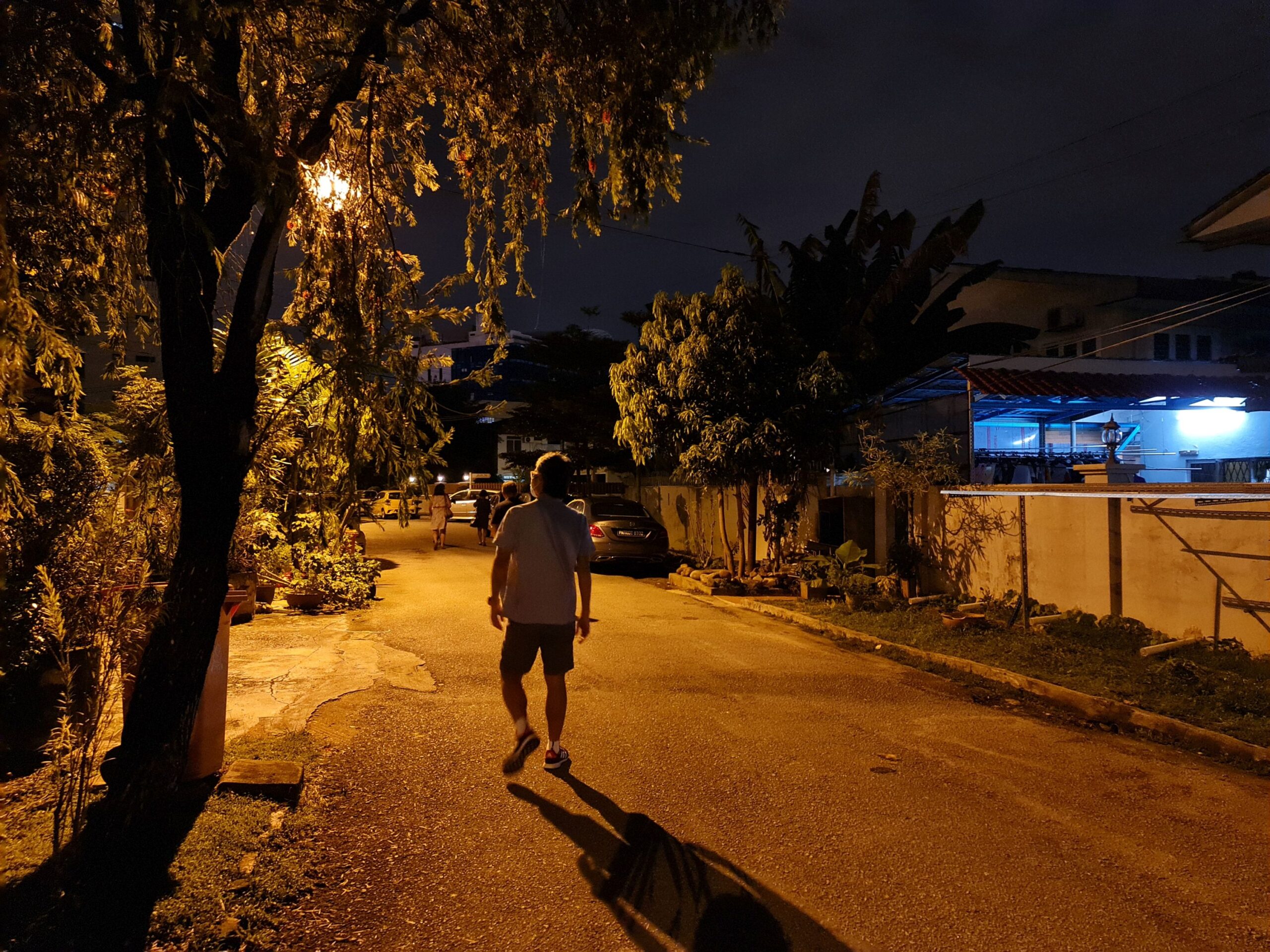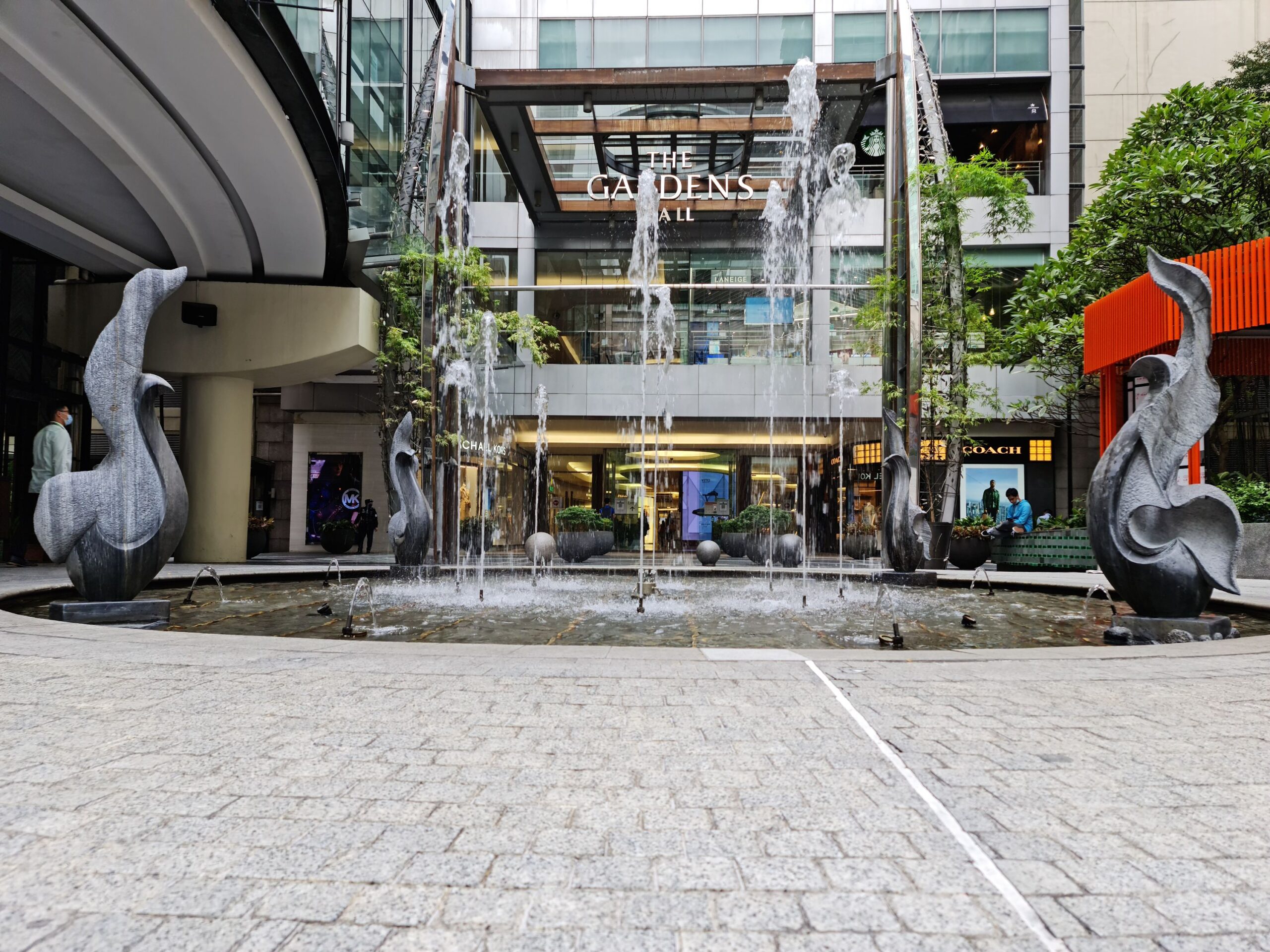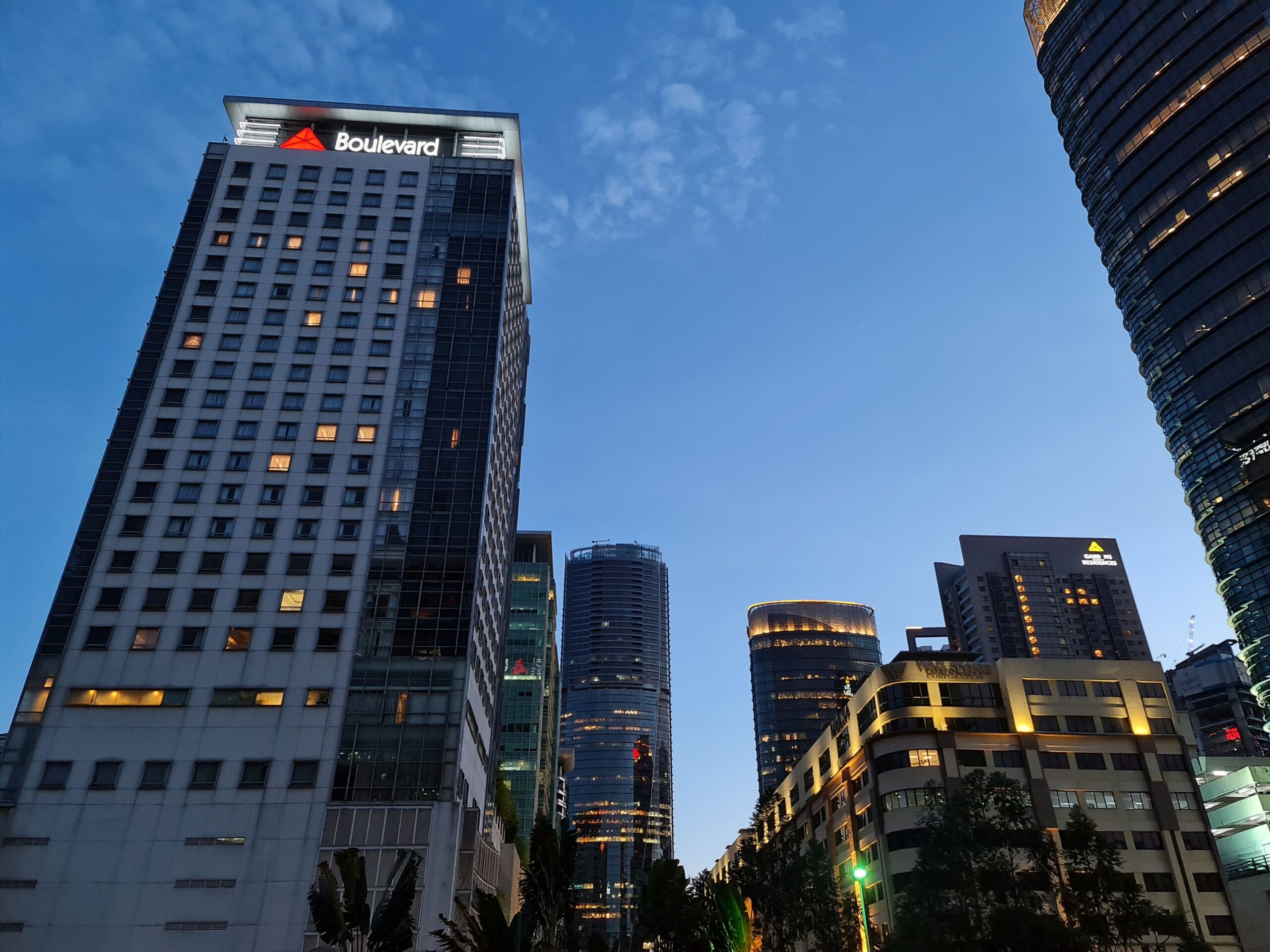The Samsung Galaxy Note20 Ultra 5G has been on the market for a few months now and in the time I’ve had to spend with it, the brand certainly has improved on some of the phone’s existing features but also falls short in others.
So, with a new display, reworked body, better hardware, and what is very obviously a chunkier main camera module, let us take an in-depth look at the generational changes the Note20 Ultra that’s been made since the Galaxy Note10+.
Specifications
Design
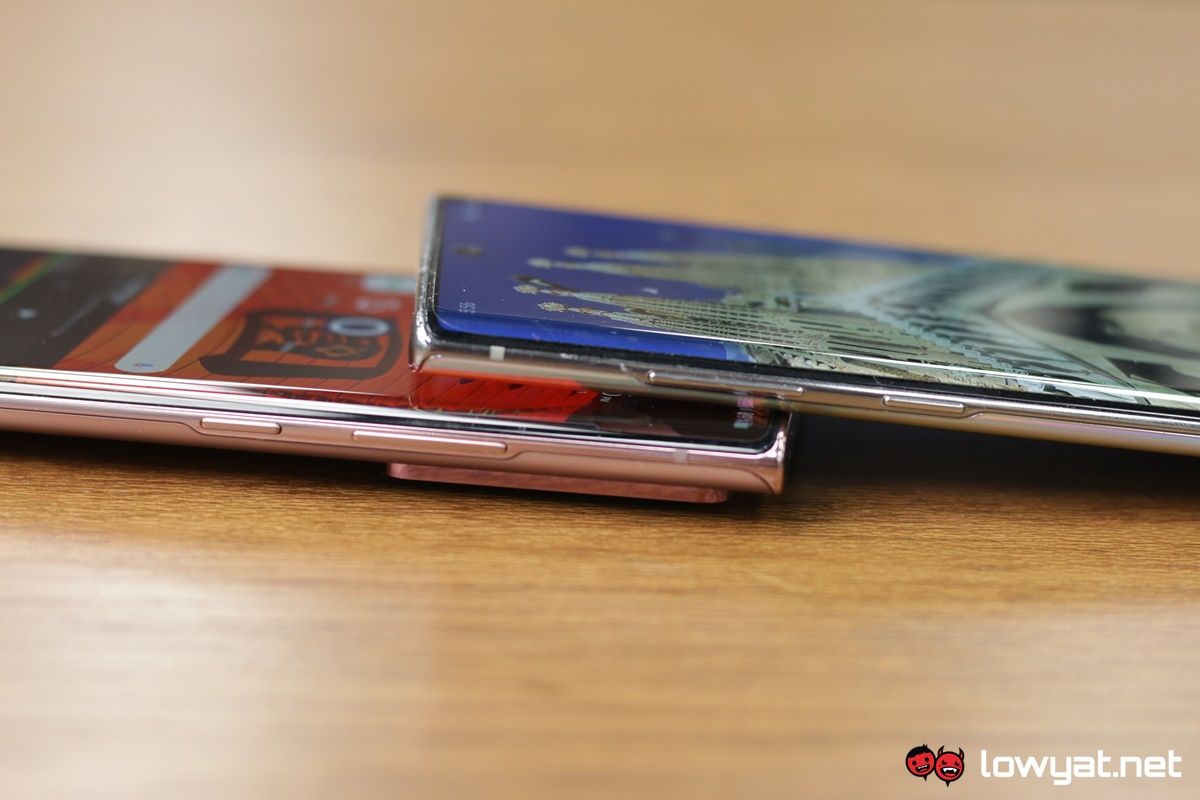
It should not surprise anyone when I say that aesthetics has always been a prime factor with Samsung’s Galaxy Note series, and the Note20 Ultra is no stranger to the trend. Instead of a reflective glass panel like the one used on Galaxy Note10+, the Note20 Ultra’s back is made from a combination of glass and plastic.
The back of the Note20 Ultra still feels slippery but is less of a fingerprint magnet.
Admittedly, you don’t get to use the phone as an impromptu mirror at random times, but having said that, I doubt it would matter to those of you who plan on getting a casing for it. In my case, using it without a cover means that I have to be extra vigilant when handling it, given how slippery it felt in my fingers. One good thing to come out of the new material though is that, unlike the all-glass body of the Note10+, it makes the Note20 Ultra less of a fingerprint magnet.
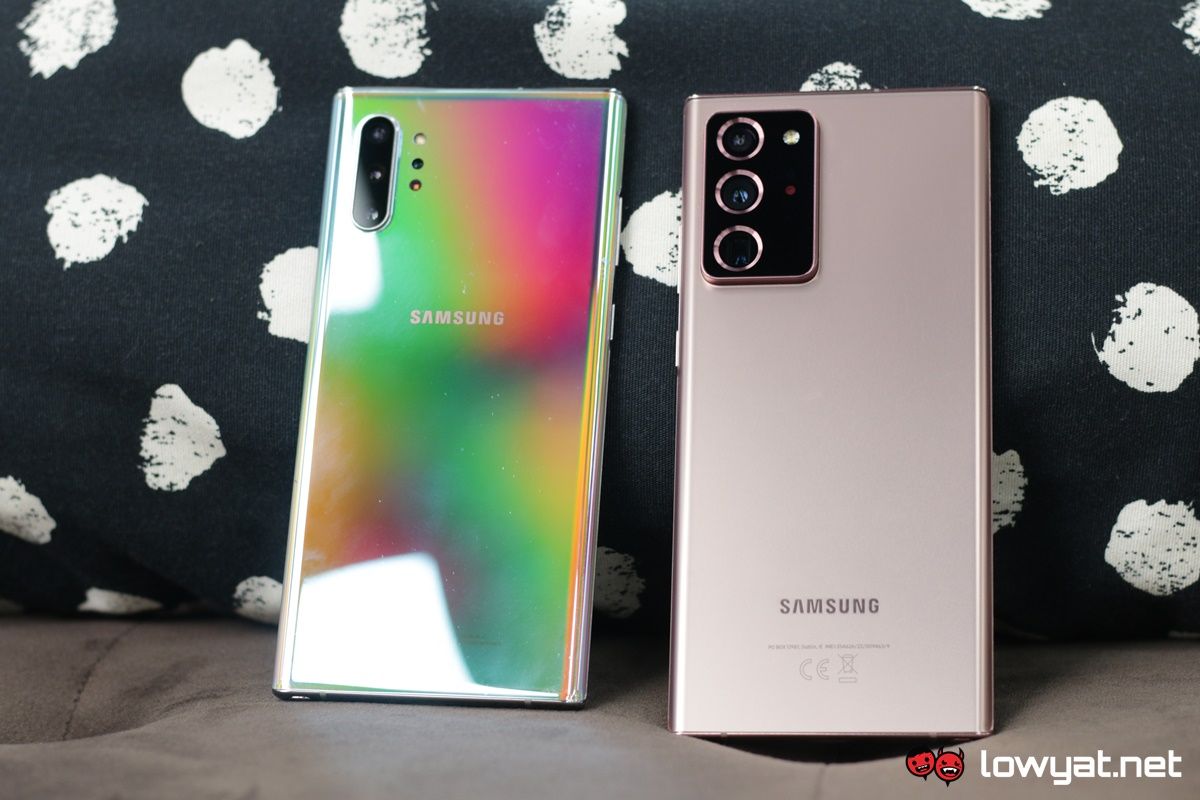
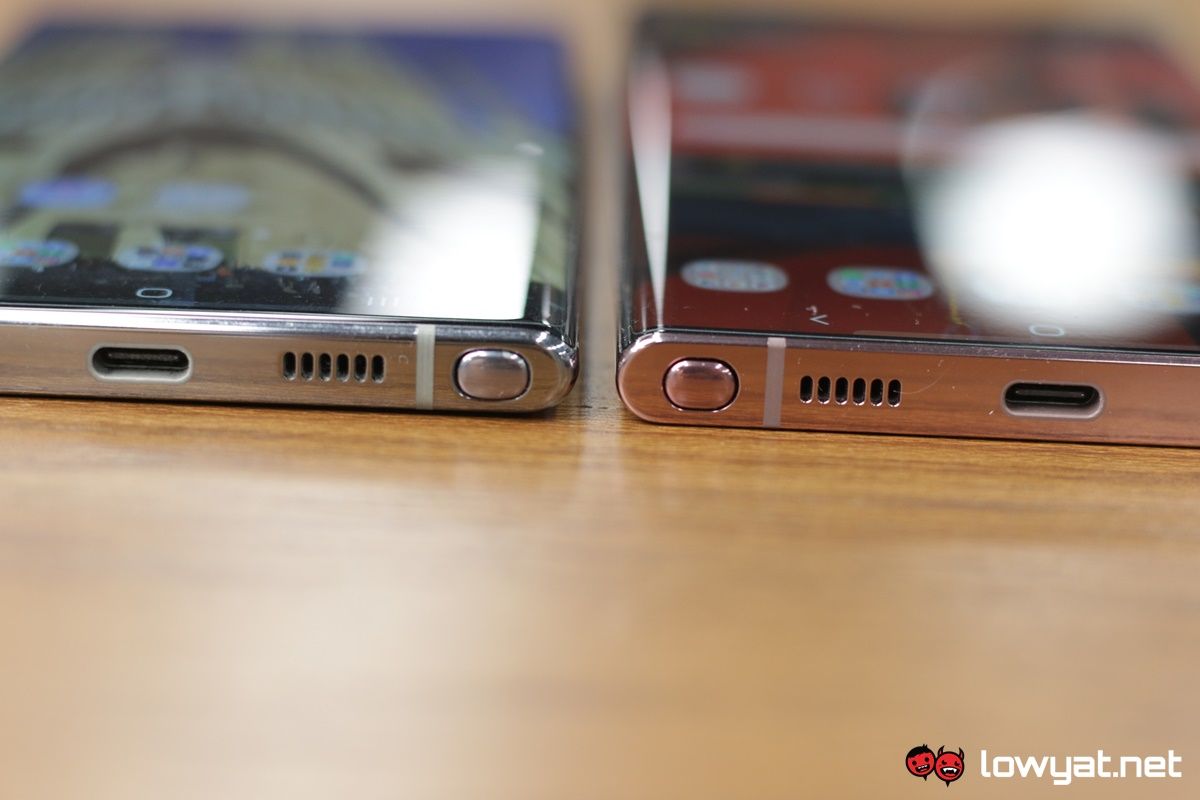
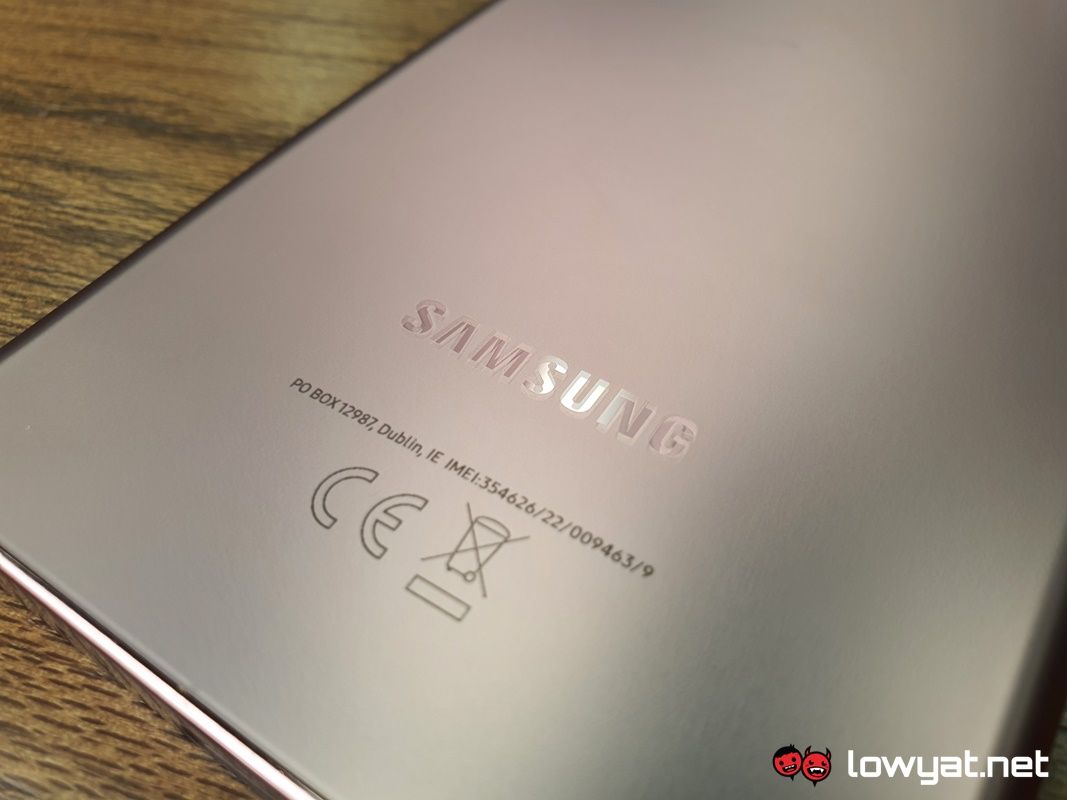
Moving on, the Note20 Ultra is also only 0.1-inches larger than its predecessor, and it doesn’t feel any less unwieldy. It is, by and far, still a large phone and holding it in one hand feels a little cumbersome, especially when I am attempting to navigate with just my thumb.
Then there’s the display of the Note20 Ultra. Unlike the Note10+, Samsung has upped the ante with the phone, fitting it with a Dynamic AMOLED 2X Infinity-O display that allowed the brand to create a panel with thinner bezels and a much smaller diameter for the punch-hole camera at the top. Likewise, the same thin frame is also applied to the display’s edges, which is still something of an issue for me at times. Oh, and the display also supports a maximum refresh rate of 120Hz, albeit with some drawbacks.
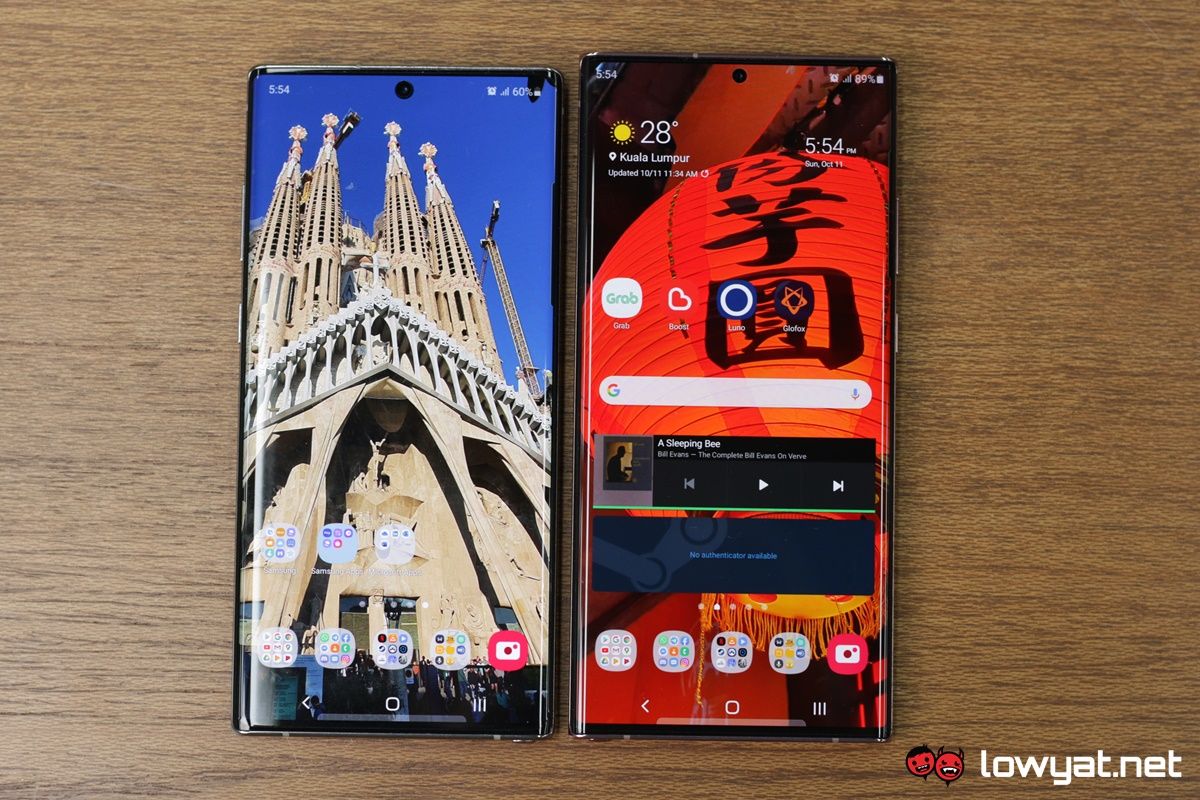
Obviously, those aren’t the only physical aspects to have changed with the Note20 Ultra. The S-Pen’s location has been shifted from the right edge to the left at the base, while the power button and volume rocker have finally returned back to the right side of the phone, mercifully. Additionally, the phone supports fast-charging via the USB-C 3.2 port at the base of the phone, as well as access to DeX, provided you have the appropriate monitor.
The main camera module has gained a considerable amount of weight.
Perhaps, the physical aspects that stand out the most with the Note20 Ultra are the component that is seemingly attached to the back of it: the main camera. A lot of its technology is actually brought forward from the main camera of the Korean giant’s Galaxy S20 Ultra, with a couple of very slight tweaks having been made to it. But more on that later.
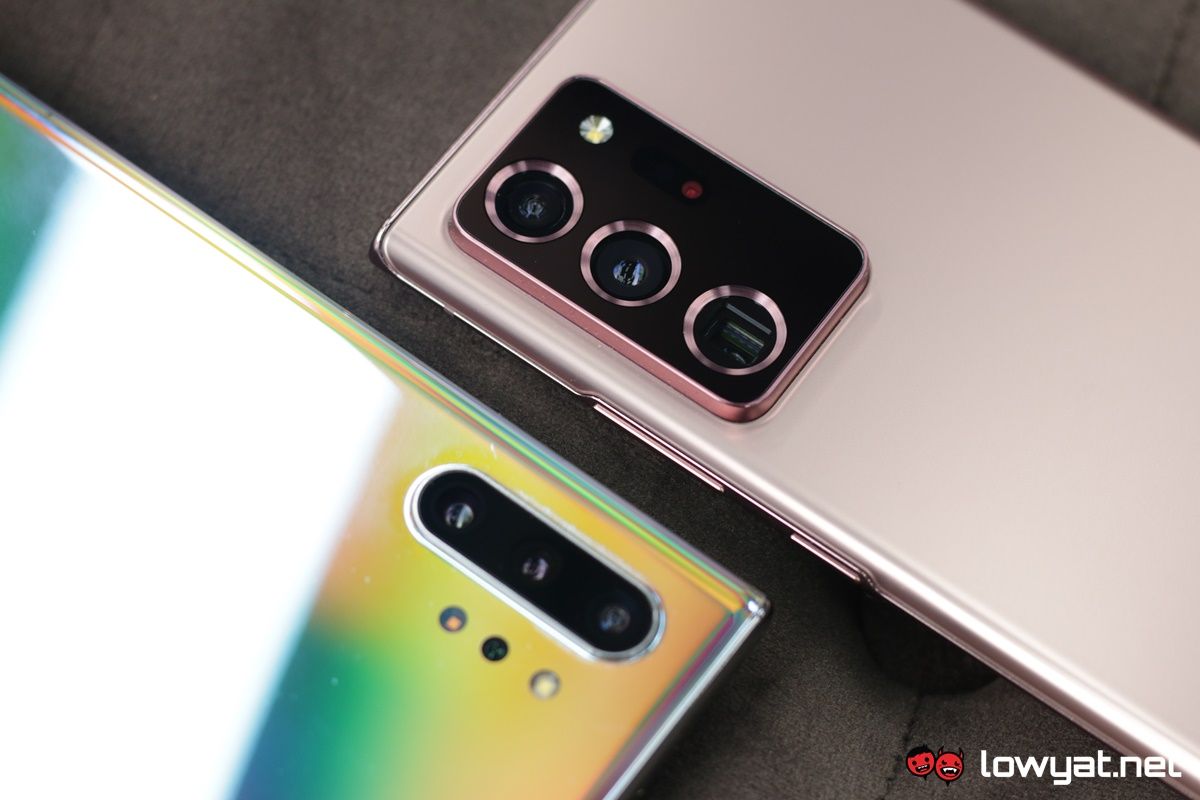
By comparison to the Note10+, it literally lifts the phone a good inch off any surface and, if I’m honest, it constantly puts in a state of fear. Specifically, it’s the fear of it getting scratched up and that alone is cause for me to urgently recommend that one immediately gets a case for it. If you so choose to get a unit at the end of this review.
User Experience
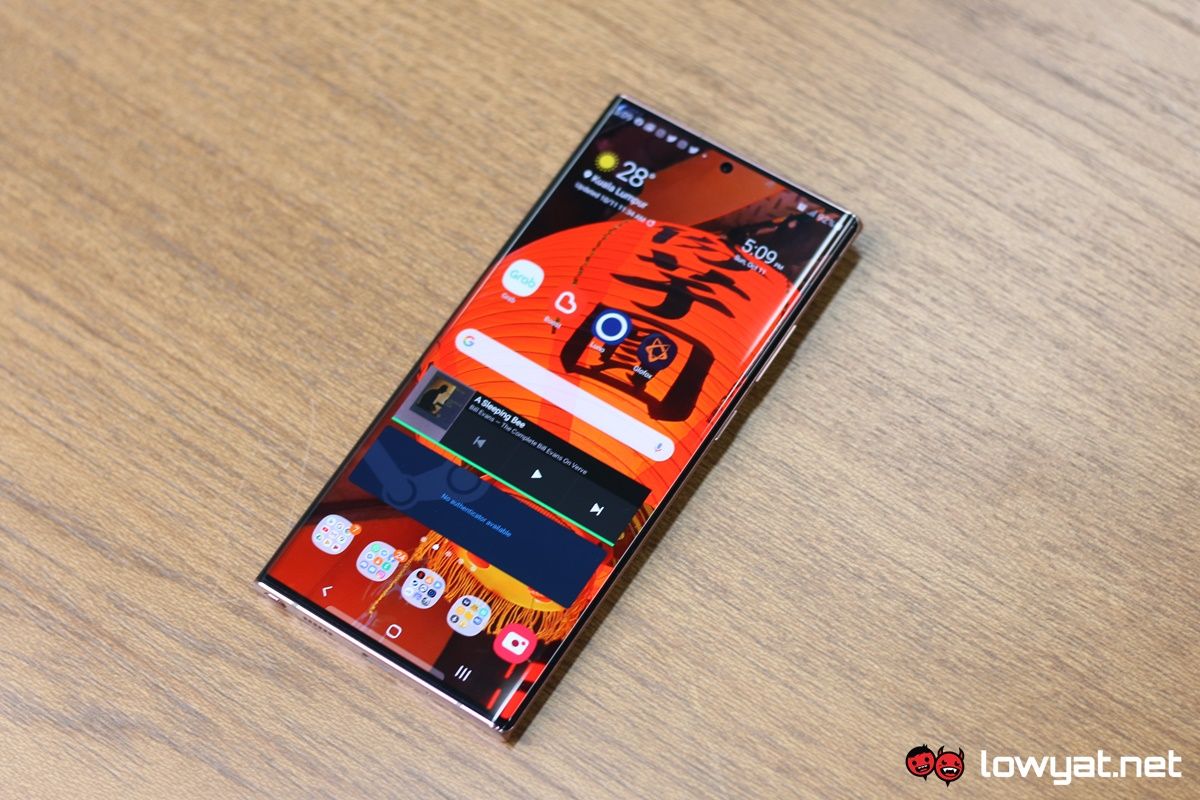
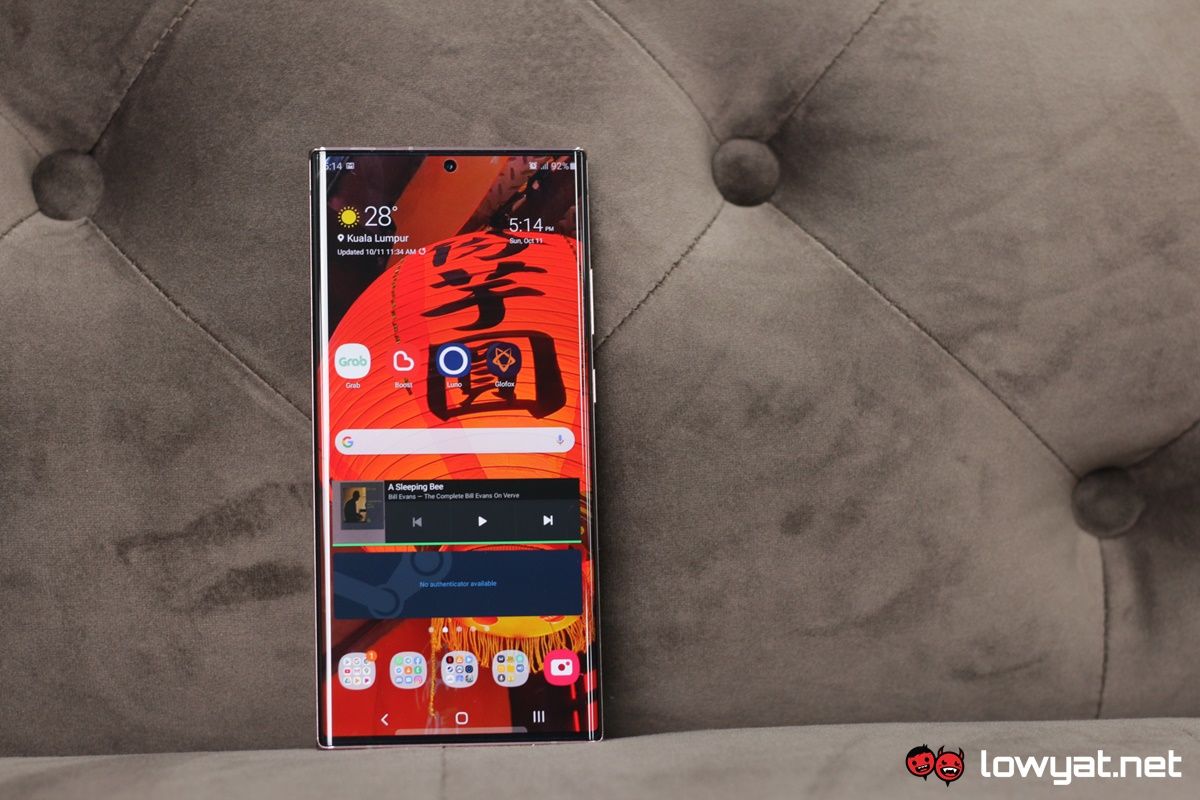
As someone jumping from the Note10+ to the Note20 Ultra, the performance differences between the two are subtle and, if nothing else, feel merely incremental. The phone runs on the latest Android 10 OS with Samsung’s new One UI 2.5, as one would expect from a flagship. From an aesthetic standpoint, though, the UI looks virtually the same as One UI 2.1.
Of course, it does come with some wireless-focused features including Wireless DeX support, which could prove beneficial to those already used to that OS’ ecosystem and has a compatible TV that supports phone mirroring. That said, I rarely found myself using the feature by necessity.
S Pen is responsive, but functions are largely unchanged.
There’s also the S Pen to address. Samsung is making a big deal with its stylus on the Note20 Ultra, primarily because of its lower latency. It definitely feels more responsive, but if I’m honest, unless you actually sit down to do a side-by-side comparison with a Note10+ – which I actually did – the change is negligible.
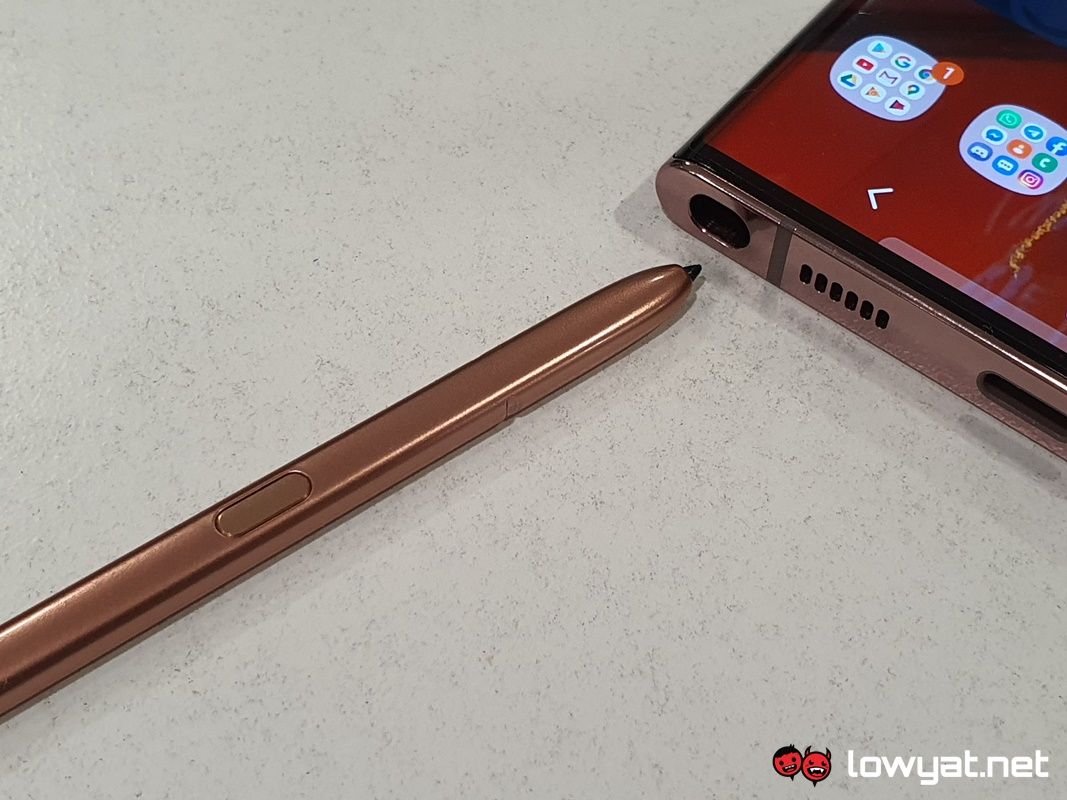
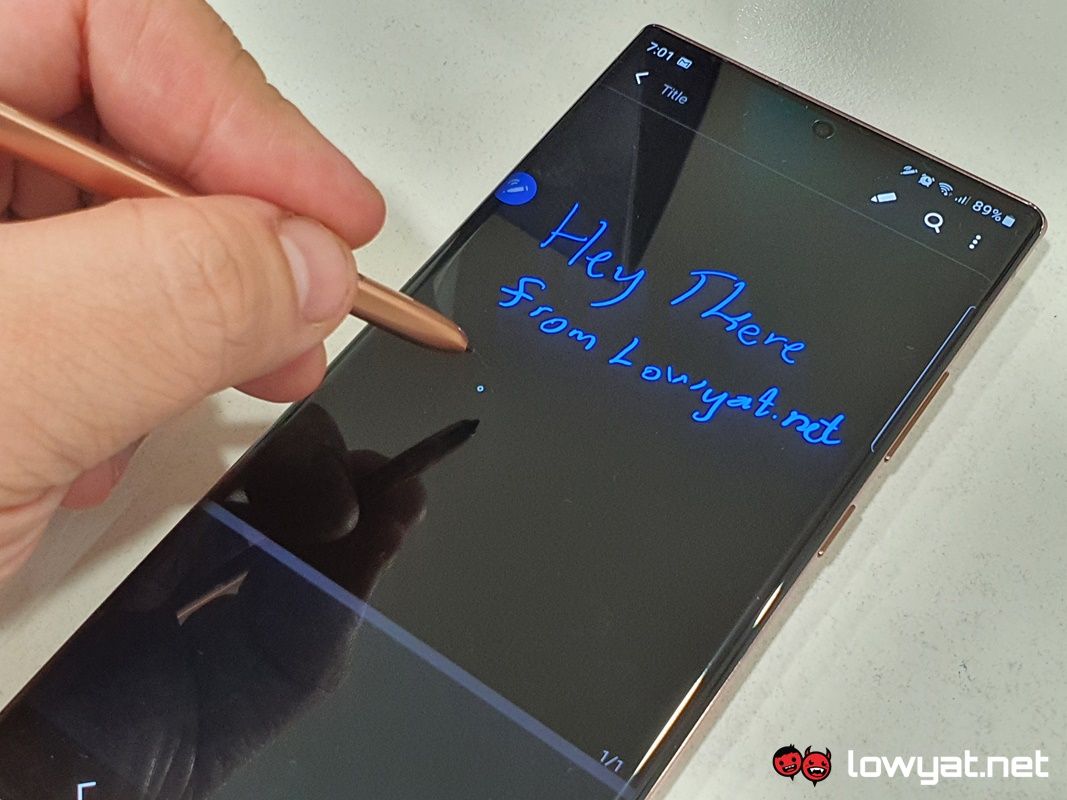
That aside, note-taking with the Note20 Ultra feels fluid and seamless, although the palm block technology still doesn’t feel up to par. There are occasions when the display accidentally brings up the clipboard function when in fact, I’m just trying to jot down some points or a reminder for later.
Speaking of the display, Samsung has officially jump on to the high refresh rate bandwagon and the Note20 Ultra’s panel can reach 120Hz. As evidenced by other smartphones like the OnePlus 8 Pro, scrolling through content at that refresh rate feels buttery smooth and it’s most certainly easier on the eyes.
The thing about the Note20 Ultra’s display, though, it consumes a lot of battery power. Prior to any updates, the phone was unable to last through the day, thus keeping the battery topped up was constantly an issue. Of course, that issue was negated once I drop the refresh rate down to 60Hz, at which point the phone’s battery endurance starts to perk up.
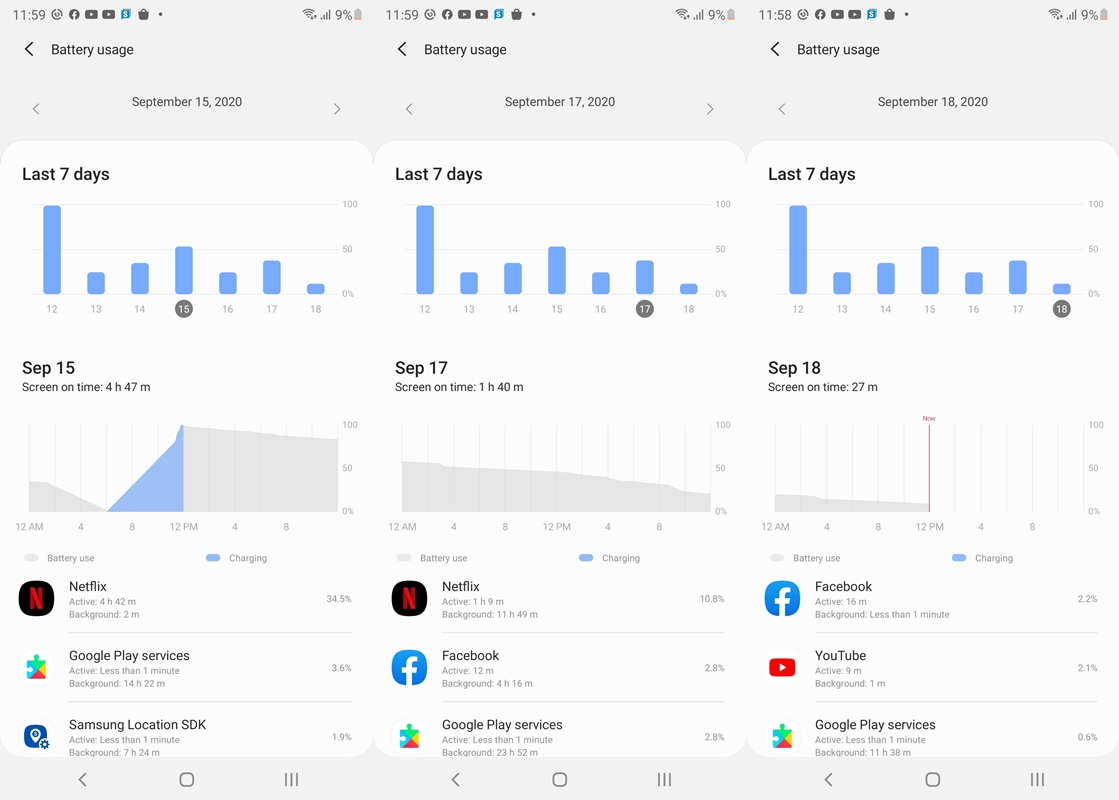
Another gripe I have about the Note20 Ultra’s edge-to-edge display is its sensitivity and how it sometimes encumbers my overall actions with the phones. This includes accidentally tapping or opening a link that’s conveniently situated at the edge or blocking me from scrolling through an app or webpage. Forcing it to zoom in or just remain static, all because one of my fingers being registered on the side. It’s a problem that has been around with the Galaxy Note series for a while, but the good news is the issue is fixed the moment you attach a casing to it.
Performance is what you’d expect from a high-end, flagship device.
With the display’s motion smoothness set to “Standard” and using it regularly – checking apps and messages, watching the occasional video – the Note20 Ultra’s 4500mAh battery is surprisingly long lasting, as it takes nearly three days for its capacity to finally come down to 9%. As for charging, it really depends on the charger you’re using; the accompanying wall charger enables the phone to use Super Fast Charging, allowing it to go from single-digit to 100% in less than an hour.
As for its performance, the prowess of the Exynos 990 SoC that runs beneath the hood has already been validated by Samsung’s other flagship, the Galaxy S20 Ultra. Interactions such as swiping and switching between windows and apps are responsive and load up instantly, and the heat generated over prolong use is low enough that it does not cause any discomfort.
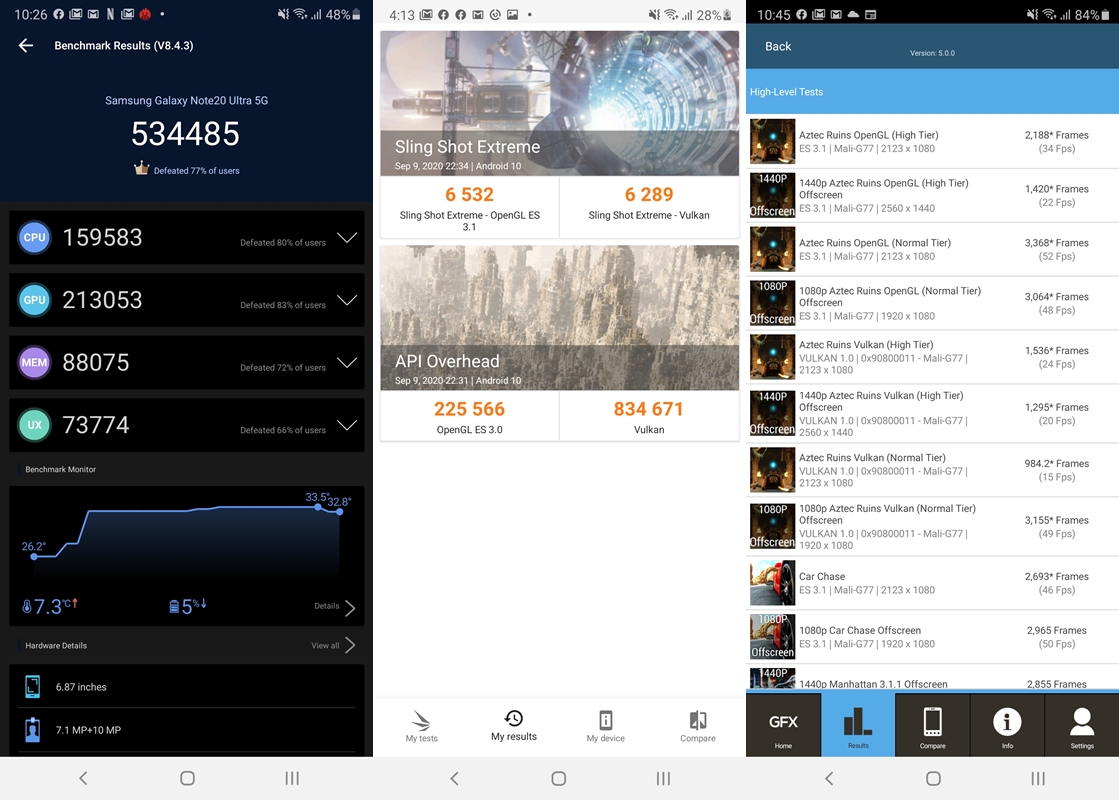
The last point is actually a massive advantage, especially if your streaming videos or immersed in your favourite game over long periods at a time.
Camera
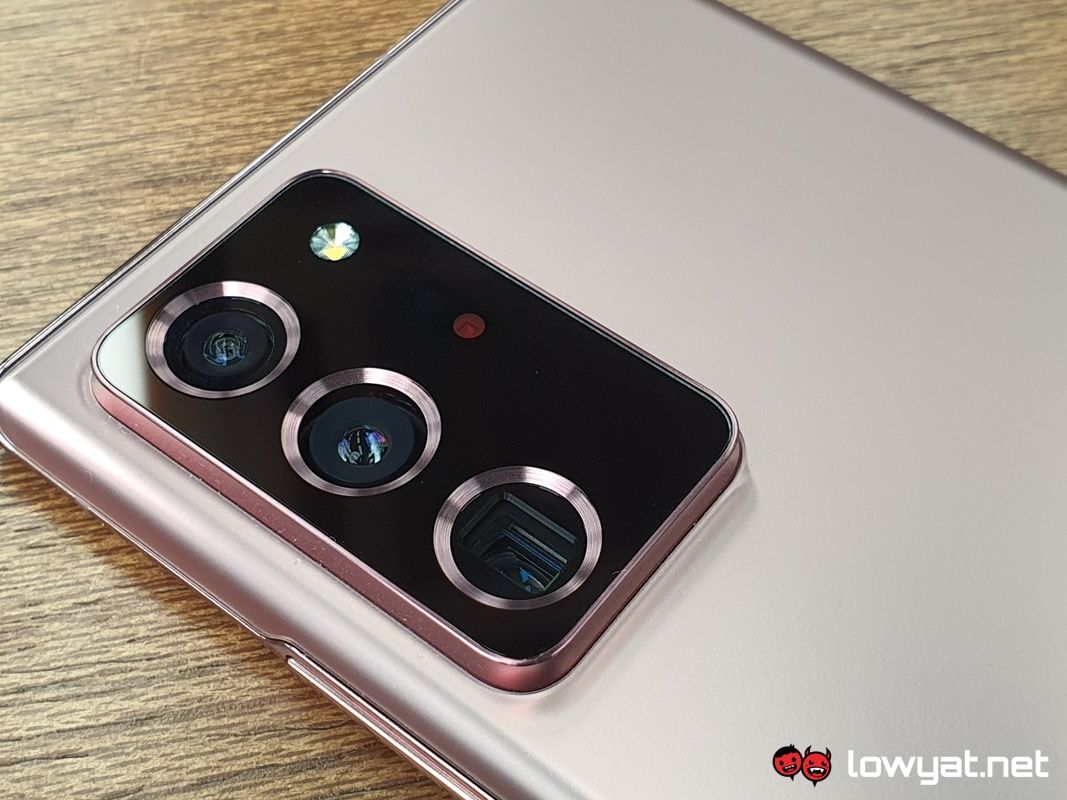
While everything else seems like incremental upgrades, the other area of the Note20 Ultra to receive a massive change is, unsurprisingly, the camera department. Specifically, the module houses three camera sensors, one of which is Samsung’s pride and joy, the 108MP main sensor. Accompanied by a 12MP periscope telephoto and 12M ultrawide. While this may sound impressive, there are some stark, if not glaring caveats to the camera system.
The zoom function is all over the place.
One of the camera’s main attractions is the 5x Optical Zoom, courtesy of the periscope telephoto sensor, and it works a treat. Zoom in on subjects at distances shorter than that, though, and it switches out to the 108MP sensor or 12MP ultrawide, depending on the shot you’re taking. To be clear, this isn’t me saying that 108MP sensor is terrible at taking zoomed-in shots, but the function clearly pales in comparison to the periscope telephoto sensor, and it shows.
In some, not all cases, the level of noise on-screen is clearly visible, while multiple parts of the final image will look blurred or smudged.

Still on the Note20 Ultra’s Zoom function, I don’t quite understand the logic behind the double-standard for both the standard 4:3 and 108MP 4:3 ratio modes. I am still able to zoom in with the latter, but to even bring up the preset zoom distances, I have to resort to the pinch-gestures to get it to show up. Why Samsung didn’t think to maintain the same functions when switching over to the latter aspect ratio option, I can’t say.
Zoom functions aside, let’s talk about the Note20 Ultra’s camera performance overall. In the default 4:3 ratio, images retain a high level of detail, while looking clear and sharp. White balancing is neutral for the most part, but the camera sensor does have a tendency to overcompensate, to an extent that the end result tends to be warmer than it actually looks.
Low-light photography is still rather impressive and has been the case for the past few generations of Note devices. In the case of the Note20 Ultra, the camera still manages to illuminate dark areas while keeping noise levels lows in the process.
In the 4:3 108MP mode, the colours look punchier and feel even more pronounced. Typically, I use this mode when I want to do close-up shots but like the Galaxy S20 Ultra, the bokeh effect on the Note20 Ultra feels excessive and there’s still no way to adjust it.
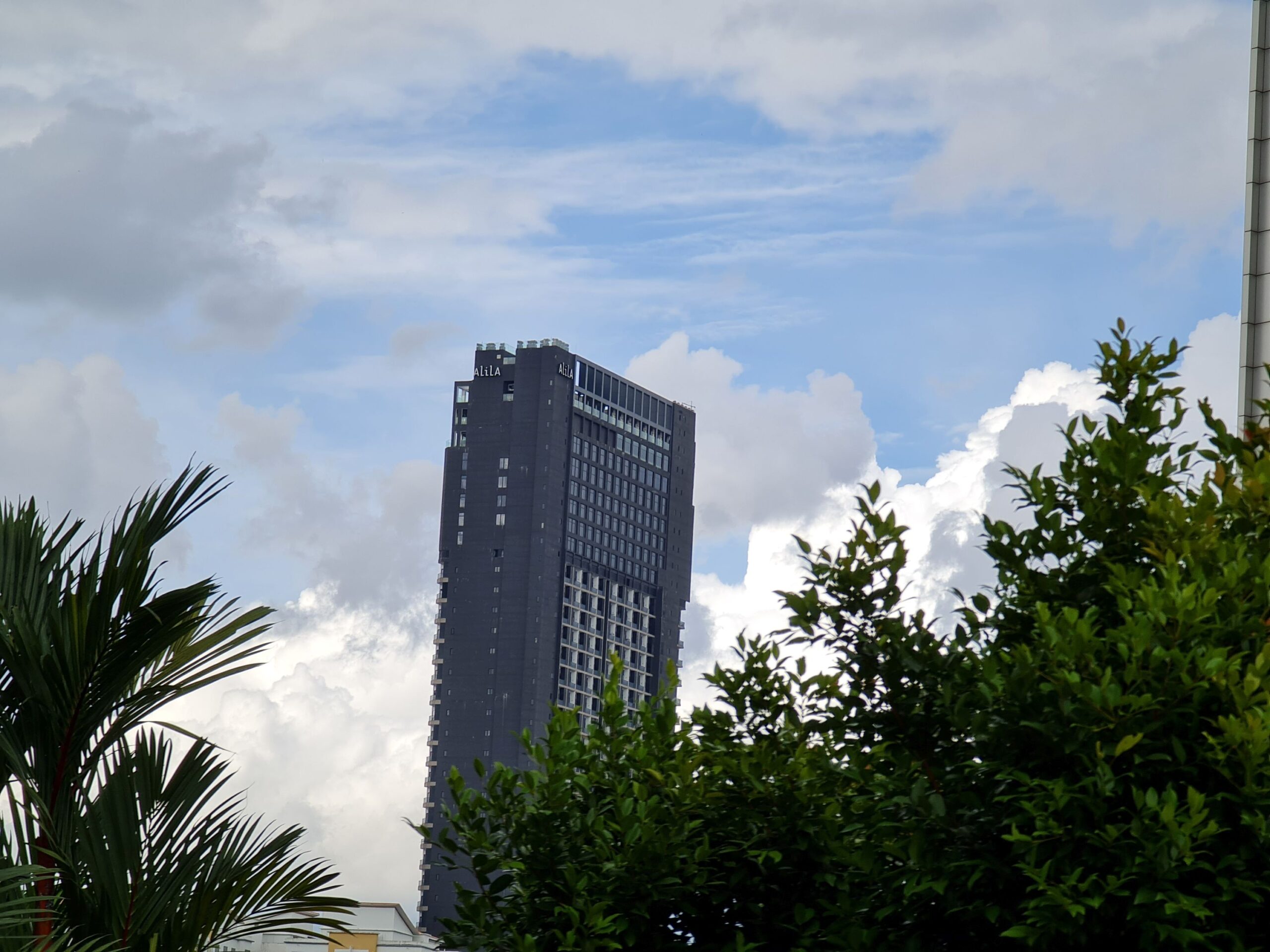


Oh, and Samsung’s Space Zoom is back on the Note20 Ultra, but instead of 100x, Samsung has cut the zoom distance down by half.
Image Samples
Image Samples (108MP)
Competition
At RM5199, saying that the Galaxy Note20 Ultra is pricey is an understatement. Naturally, there are some alternatives sporting similar specs, both in hardware and camera sensors, as listed below.
Samsung Galaxy S20 Ultra
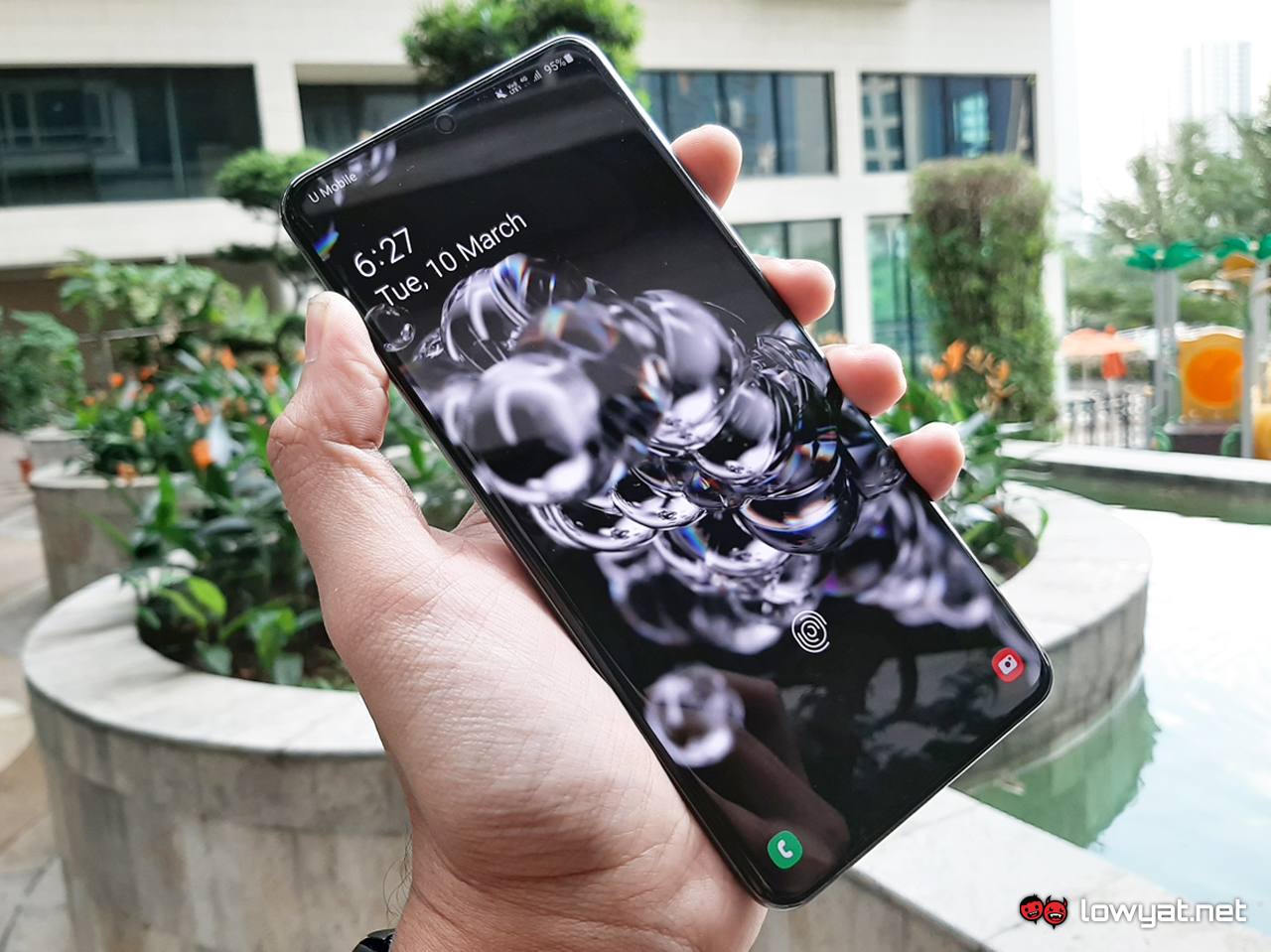
If you can live without the S Pen but still long for the 108MP and Space Zoom function, then the Galaxy S20 Ultra is possibly the device for you. As mentioned throughout the article, alot of the hardware and technology found in the Note20 Ultra is essentially carried forward from this phone, save for a few changes here and there.
It uses the same Exynos 990 SoC, 12GB RAM, as well as the same Dynamic AMOLED 2X display technology with 120Hz refresh rate. The main camera module is a little different, naturally, sporting a quad-camera setup instead of triple-camera and comprises the 108MP main, a 48MP telephoto, a 12MP ultrawide, and a TOF depth sensor.
Mind you, at RM4999, it’s not that much cheaper than the Note20 Ultra, but again, it is currently the only non-Note alternative with nearly identical hardware.
Xiaomi Mi 10T Pro
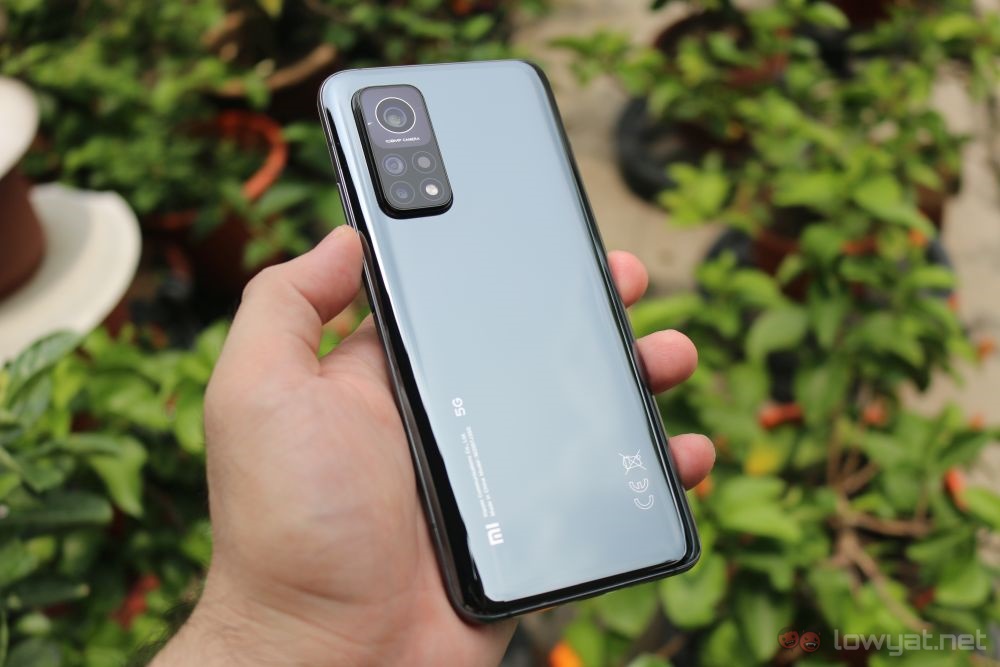
The Xiaomi Mi 10T Pro recently popped on to the flagship smartphone scene, but it’s still a contender well-worth considering over the Note20 Ultra. Beneath the hood, the phone runs on the Qualcomm Snapdragon 865 SoC, 8GB RAM, 256GB storage capacity, and a massive 5000mAh battery to power it all.
There’s also its 6.67-inch IPS LCD display that features a 144Hz refresh rate, as well as supports HDR10+ and has a peak brightness of 500 nits. As for the main camera, it comprises a 108MP sensor – courtesy of Samsung – a 13MP ultrawide, and 5MP macro sensor.
What’s even more impressive is its SRP of RM1999, which is vastly cheaper and more affordable than the Note20 Ultra’s asking price of RM5199.
Huawei P40 Pro+
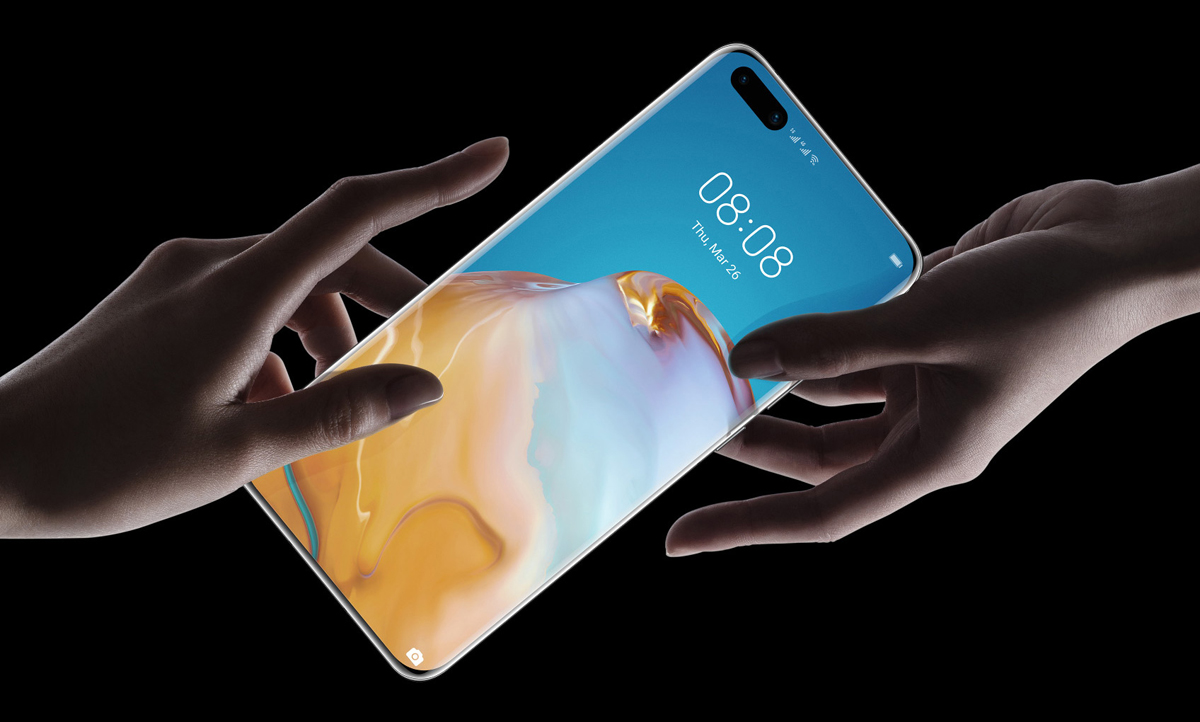
It’s difficult not to recommend Huawei’s current generation P40 Pro+ device, especially if you’re looking for a flagship smartphone purely from the viewpoint (no pun intended) of camera performance. Specifically, the main module is a penta-camera, made from a 50MP Ultra Vision Wide, a 40MP Ultra Wide Cine, an 8MP telephoto with 10x Optical zoom, an 8MP telephoto with 3x Optical zoom, and a TOF Depth sensor. While it doesn’t have Space Zoom, it does have a 100X zoom capability.
Other hardware specifications beneath the hood include Huawei’s Kirin 990 5G SoC, 8GB RAM, 512GB of expandable storage via Huawei’s NM Card, and a 4200mAh battery. Additionally, there’s the 6.58-inch, 90Hz Quad Curve, Flex OLED display that looks absolutely stunning.
The only drawback to owning the P40 Pro+ is the absence of Google Mobile Service (GMS) from the device, since the Mate 30 series. Yes, it’s true there are avenues one can take to have GMS loaded into the device, but the act alone is a sign of how battered and near-crippled the ongoing US trade sanctions the Chinese brand currently is. On top of that, it has an SRP of RM4999.
Conclusion
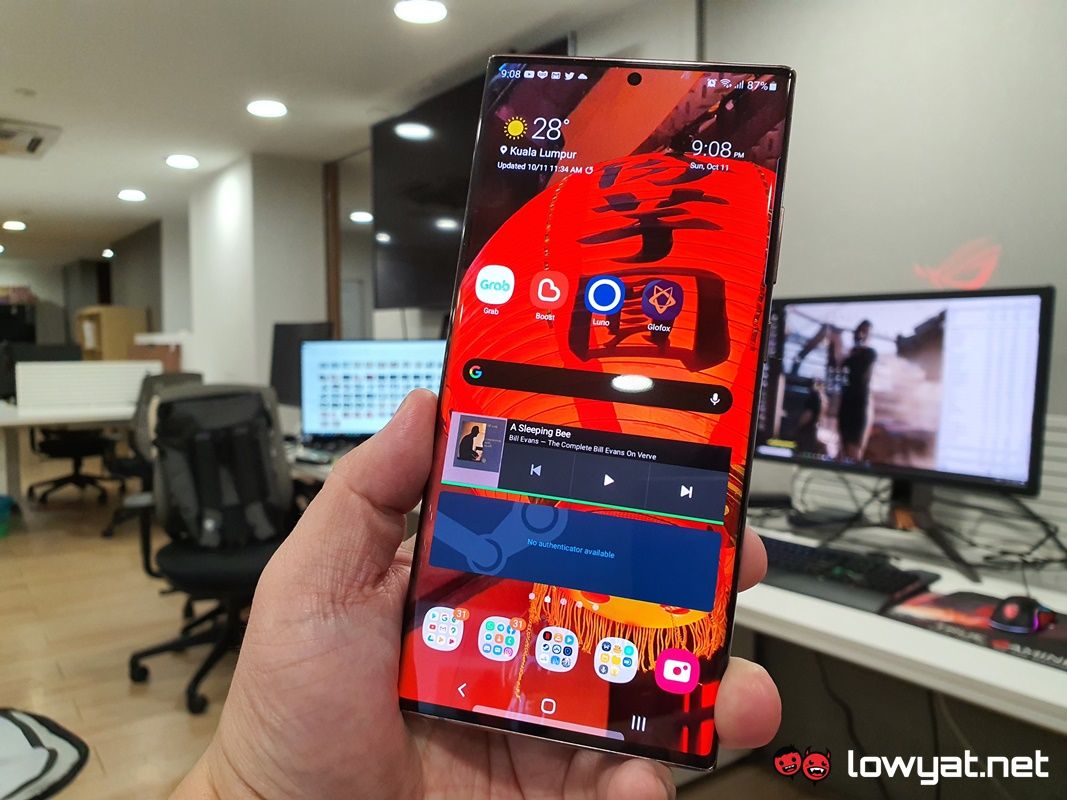
Perhaps I’ve used this line a few times too many, but the Samsung Galaxy Note20 Ultra 5G finds itself in a unique, if note interesting position. It is, by and large, an upgrade over the Note10+, be it through the meagre tweaks to its software and aesthetics or via the bump up – both in size and performance – in the camera department.
The only thing that I believe will throw people off their balance with the phone is the steep RM5199 price tag. I also believe that there’s a little more room for improvement with the Note20 Ultra’s camera performance, but overall, it’s still an upgrade over the Note10+.
So, if you’re unperturbed by its exorbitant asking price and you think this is the Samsung Galaxy Note for you, then have at it.
Follow us on Instagram, Facebook, Twitter or Telegram for more updates and breaking news.


